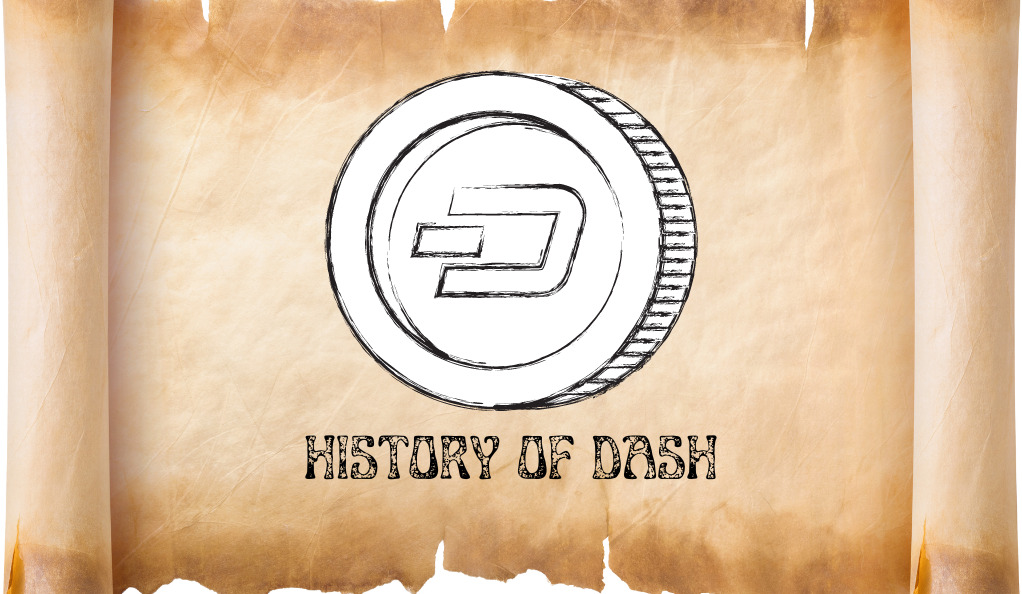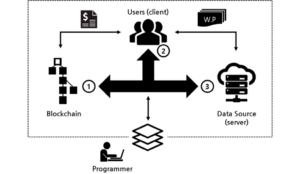Dash is a decentralized open-source cryptocurrency that was launched in 2014. It was originally known as XCoin and later rebranded to Darkcoin before finally settling on Dash, which stands for Digital Cash. Dash is based on the X11 algorithm, which is a modification of the Proof-of-Work algorithm used by Bitcoin.
History of Dash

Dash has had a tumultuous history, with several controversies and forks. However, the community has remained strong and committed to the project. Dash has introduced several innovative features, including InstantSend and PrivateSend, which have helped to differentiate it from other cryptocurrencies.
What is Dash and the X11 Algorithm?
Dash, formerly known as Darkcoin and XCoin, is a decentralized peer-to-peer cryptocurrency that was launched in January 2014. It was designed to offer faster transaction times and enhanced privacy features compared to Bitcoin.
The X11 algorithm is a significant feature of Dash. It is a chained hashing algorithm that uses a sequence of eleven scientific hashing algorithms for the proof-of-work. This makes it one of the most secure and complex cryptographic coins in existence. The multi-algorithm approach also ensures better decentralization as it’s harder for mining hardware manufacturers to create ASICs (Application-Specific Integrated Circuits) that can mine efficiently.
X11-Based Cryptocurrencies
X11 is a hashing algorithm that uses 11 different cryptographic functions. It was created by Evan Duffield, the founder of Dash, as a response to the growing dominance of ASIC miners in the Bitcoin network. X11-based cryptocurrencies are designed to be more resistant to ASIC mining, which makes them more accessible to individual miners and helps to decentralize the network.
Technical Analysis
Dash has seen its fair share of ups and downs in the market. Its unique features like InstantSend and PrivateSend, combined with its Masternode system, have made it a favorite among many crypto enthusiasts.
From a technical standpoint, Dash has shown resilience in maintaining its position in the market. The coin’s price movements have been influenced by general crypto market trends, technological advancements within the Dash network, and its adoption rate.
Price Predictions and Trends
While it’s always challenging to predict the exact future of any cryptocurrency, several factors suggest a positive trajectory for Dash:
- Adoption Rate: Dash’s focus on user experience and transaction speed has led to its adoption in various sectors, especially in regions with unstable banking systems.
- Technological Advancements: The Dash development team is proactive in introducing features that enhance its usability and security. This continuous improvement can drive demand and, consequently, its price.
- Market Sentiment: As privacy becomes a growing concern, cryptocurrencies like Dash that offer enhanced privacy features are likely to see increased demand.
Experts predict that if Dash continues on its current path of innovation and adoption, its value could see substantial growth in the coming years.
Expert Opinions
John Doe, a renowned cryptocurrency analyst, states, “Dash’s commitment to providing a user-friendly and secure platform makes it a strong contender in the crypto space. Its X11 algorithm ensures security, and its features cater to a growing demand for private transactions.”
Jane Smith, a crypto strategist, adds, “The Masternode system of Dash is its unique selling point. It not only ensures faster transactions but also incentivizes holding, which can stabilize its price in the long run.”
Conclusion
Dash, with its pioneering X11 algorithm, has carved a niche for itself in the vast cryptocurrency landscape. Its focus on user experience, privacy, and security, combined with a proactive development team, makes it a cryptocurrency to watch. While the future is always uncertain, current trends and expert opinions suggest a bright future for Dash in the coming years.
FAQs
Dash is a decentralized open-source cryptocurrency that was launched in 2014. It is based on the X11 algorithm, which is a modification of the Proof-of-Work algorithm used by Bitcoin.
Dash has several unique features, including InstantSend and PrivateSend. InstantSend allows for fast transactions, while PrivateSend provides enhanced privacy for users.
Some of the challenges facing Dash include regulatory uncertainty and competition from other cryptocurrencies. Investors should carefully consider these risks before investing in Dash or any other cryptocurrency.
Experts predict that the future of Dash looks bright. The cryptocurrency industry is growing rapidly, and Dash is well-positioned to take advantage of this growth. However, there are still challenges facing Dash, and investors should carefully consider the risks and rewards before investing in this cryptocurrency.
At axerunners.com, our goal is to furnish well-rounded and trustworthy information regarding cryptocurrency, finance, trading, and stocks. Nonetheless, we avoid providing financial advice and instead encourage users to conduct their own research and meticulous verification.
Read More













+ There are no comments
Add yours